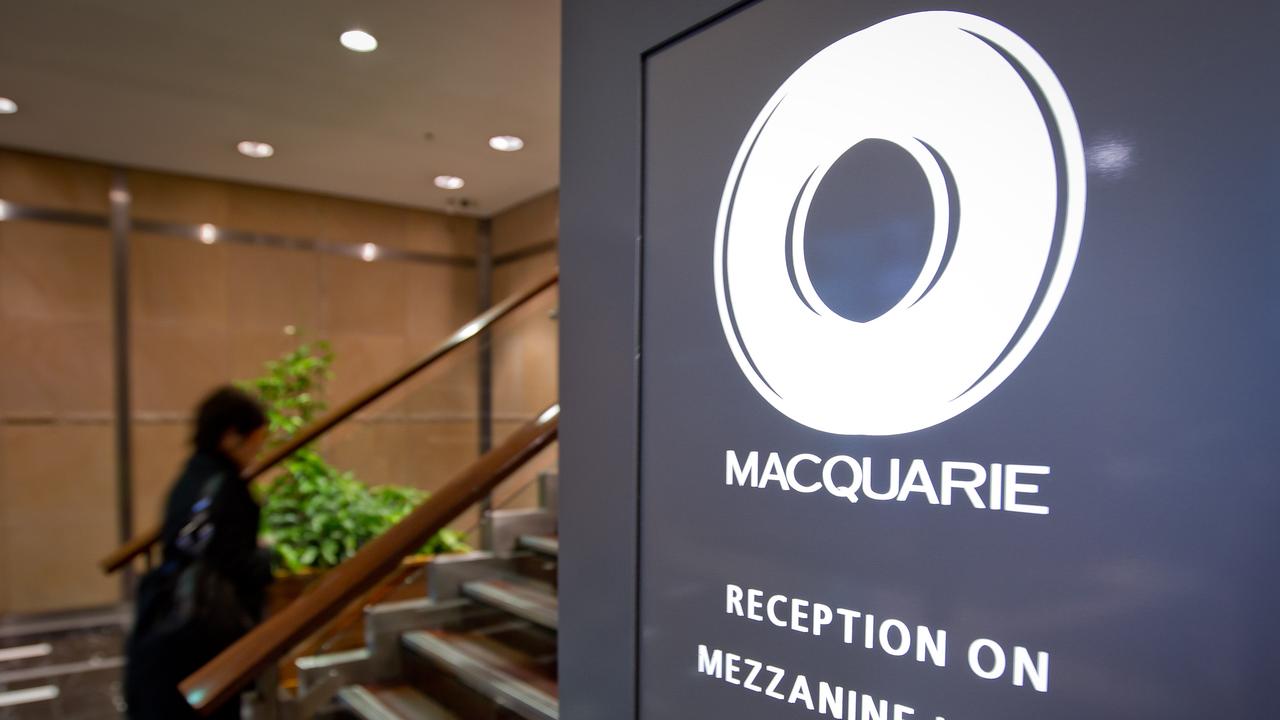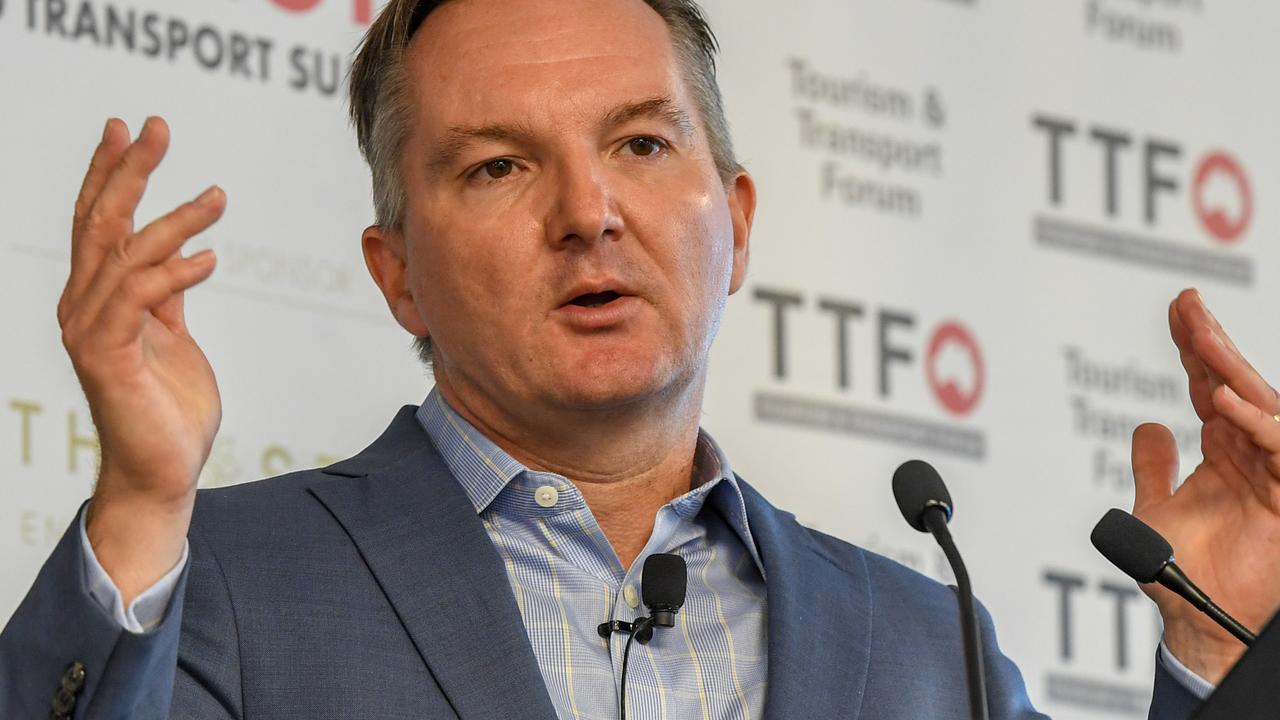The end of a horrible bank deposit rates rout
Commonwealth Bank’s decision marks the end of a long winter for those who depend on bank deposit income.
The actions by Narev sent a shiver down the stockmarket and bank shares and other stocks that rely on bank yield were discounted in the market. Normally they would have increased if the RBA had lowered rates.
We’ll look at the reasons behind the surprise CBA actions in a moment.
But first it’s important to mark the fact that this represents the end of the most horrible rout for those who looked to bank interest rates for income.
In recent years Reserve Bank chief Glenn Stevens has progressively slashed interest rates and (while this might have helped the currency) what it really did was to transfer wealth from retirees to those with mortgages.
It’s true that in the wake of those interest rate falls income producing shares increased in value. But those retirees who were cautious simply copped it in the neck.
And the blows on retirees didn’t stop with rate cuts.
The Coalition government, having promised not to change super fundamentally, then embarked on a campaign of retrospective legislation while falsely claiming it wasn’t retrospective. It was just another blow.
But a series of events are combining to turn the tide. And even super, it’s possible that Bill Shorten will protect retirees from the worst work of the Coalition’s blows.
The constant falling of interest rates has reduced the pool of bank deposit savings and this is very dangerous for the Australian banking system. The new regulations due to come in, in less than two years, will require banks to hold more long-term local deposits, and if the banks follow their normal pattern of reducing depositors’ income levels, there is real danger that the exodus out of bank deposits will greatly increase in intensity.
And at the same time, stress test or no stress test, we all know that the European bank system is fragile. If anything seriously goes wrong in Europe then the ability of Australia’s banks to continually borrow overseas will be diminished. It’s true that unlike the time of the GFC, Australian banks have borrowed a lot more longer-term money. But if the tap was turned off and the banks had to coax depositors out of bank shares into bank deposits, a very nasty situation could develop.
In looking at what Ian Narev has done I’m going to concentrate on the 3-year deposit rate. The bank’s five-year rate is the closest we have to a 10-year government bond rate.
The Commonwealth Bank has not altered its five-year rate, which is still 2.9 per cent. But it has effectively been blow out of the water by what Ian Narev has done to the 3-year term deposit rates.
Now the bank is offering 3.2 per cent for a 3-year rate, which is an increase of a staggering 0.5pc on the 2.7 pc that existed prior to Glenn Stevens’ interest rate reduction. And remember, for bank deposits under $250,000 you have a Commonwealth Government guarantee.
That 3.2 per cent rate compares to the current inflation rate of around 1.5 per cent, so there is a real return of 1.7 per cent. Of course, over the three-year period, inflation rates may rise and the current situation may look quite different. Nevertheless, a government guarantee of 3.2 per cent compares very favourably with the 10-year bond.
And the story gets better. Commonwealth Bank has traditionally offered the lowest deposit rate, and I see no reason why that will change.
So as a result other banks will need to offer 3.3, or 3.4 per cent, for 3-year money, to be in the game. This shows another reason why self-managed funds are so important for Australian savers. Those who use the other big funds are stuck with the low Commonwealth bond rate because the 3.2 per cent bank deposit guarantee makes no difference to the other big, multi-billion dollar funds.
I’m not sure whether the next rate call will see another deposit rate hike but we can only hope.







Around Australia retirees and those who depend on income from bank deposits threw their hat in the air this afternoon, when Commonwealth Bank chief executive Ian Narev actually lifted bank deposit rates in the face of yet another official interest rate fall.